Immune-related adverse events or irAEs (also known as immune-mediated adverse events or imAEs) are specific AEs caused by immunotherapy. Intervention and management is critical for the management as irAEs can develop at any point during a patient’s course of therapy, even after the end of therapy.
Please select the AEs below that have been identified with the patient to understand the best methods for management and safety.
*Please note that this is not an exhaustive list of irAEs however, and are select AEs that are manageable.
1. Jin, K. T. et al. Immune-mediated adverse effects of immune-checkpoint inhibitors and their management in cancer. Immunol. Lett. 221, 61–71 (2020).
2. Daniels GA, Guerrera AD, Katz D, Viets-Upchurch J. Challenge of immune-mediated adverse reactions in the emergency department. Emerg Med J. 2019;36(6):369-377
3. “National Comprehensive Cancer Network – Management of Immunotherapy-Related Toxicities .” Version 1.2022 – February 28, 2022 https://www.nccn.org/professionals/physician_gls/pdf/immunotherapy.pdf.
*Check All that Apply*
[hover for additional information on presentation of symptoms]
For all irAEs remember the key steps of Look, Listen, and Recognize
Please consider these questions with your patient when determining signs and symptoms:
- Does the patient appear lethargic, weak, or depressed?
- Is the patient in pain?
- Is the patient faint or dizzy when standing?
- Has the patient experienced a change in mood?
- Is the patient craving salty foods?
- Has the patient had unintentional weight loss recently?
CONFIRMED
- Does the patient appear unwell?
- Are there any skin changes such as dry skin or changes in skin pigment/color?
- Is the skin integrity intact?
- Have symptoms worsened?
- Is there a history of dermatitis, pre-existing skin issues?
- Are there any erosions or changes of the patient's buccal oral mucosa?
- Is there a history of dermatitis, pre-existing skin issues, or autoimmune disorders?
CONFIRMED
- Has the patient lost weight?
- Is the patient experiencing abdominal pain or cramping?
- Is the patient experiencing bloating or increased gas?
- Have serum chemistry/hematology values changed drastically since start of therapy?
- Is the patient experiencing dizziness, fatigue, or feeling thirsty?
- Have the patient's bowel movements increased or had any blood in their stool?
CONFIRMED
- Is there any obvious rash? Oral involvement?
- Does the rash involve the genito-vaginal region or the scalp?
- Does the patient have pruritus with or without rash?
- Have symptoms worsened?
- Is there a history of dermatitis, pre-existing skin issues?
CONFIRMED
- Does the patient experience tachypnea (abnormally rapid and shallow breathing)?
- Does the patient appear to be in respiratory distress?
- Does the patient notice a new cough or a change in an existing cough?
- Is the pulse oximetry reading low? Is it lower than baseline or compared with last visit?
- History of prior respiratory compromise (eg. asthma, COPD, congestive heart failure)?
CONFIRMED
- Does the patient have pruritus with or without rash?
- Is the patient scratching during the visit?
- Are there any skin changes such as dryness or altered pigmentation?
- Are symptoms interfering with ADLs or with sleep?
- Is there a history of dermatitis, pre-existing skin issues?
- What provokes the patient to scratch?
- What allergies does the patient have and have they been exposed recently?
CONFIRMED
- Has there been a change in urination (eg. urine output, color, frequency)?
- Are there symptoms consistent with an alternative cause including UTI/pyelonephritis or worsening CHF?
- Are there laboratory abnormalities (eg. elevated creatinine, electrolyte abnormalities)?
- Are there urinalysis abnormalities (casts)?
- Are there any physical abnormalities (e.g., fluid retention, weight loss)?
CONFIRMED
- Have there been changes in weight since last visit?
- Is the patient hyperactive or lethargic? Is the patient experiencing hot or cold intolerance?
- Are there changes in energy, mood, or behavior?
- Signs of thyroid storm (fever, tachycardia, sweating, dehydration, cardiac decompensation, delirium/psychosis, liver failure, abdominal pain, nausea/vomiting, diarrhea)?
CONFIRMED
- Please view the Grading table below (CTCAE 5.0) for each irAE tab confirmed and CLICK on the corresponding grade for proper management techniques. Guideline recommendations on dose modifications, interruptions, or discontinuations should be determined in accordance with the applicable product label and the clinical judgement of the treating HCP
- When you have found the proper grade, click SAVE underneath the Grade level management. You must save exactly 1 grade on each tab
- When finished saving all associated management on each irAE Tab, click FINISH at the bottom of the page to print out the report notes
- If you would like to add/remove/or change irAEs, click GO BACK
- Adrenal Insufficiency
- Bullous Dermatoses and SCARs (eg. SJS, TEN)
- Diarrhea and Colitis
- Maculopapular Rash
- Pneumonitis
- Pruritus
- Renal Toxicity
- Thyroid Dysfunction
Hypophysitis clinical symptoms: headache, dizziness, nausea/emesis, anorexia, and/or severe fatigue, low blood pressure, lethargy, confusion
Hypophysitis lab abnormalities: low ACTH, low cortisol, sometimes low serum sodium or abnormalities of other pituitary hormones
| Managing the IO regimen: |
|
| irAE management: |
|
| SAVE | |
Potential symptoms to watch: changes from scratching (e.g. edema, papulation, excoriations, lichenification, oozing/crusts), characterized by inflammation of the skin and presence of bullae, which are filled with fluid; SCARs are characterized by separation of epidermis from dermis
CTCAE 5.0
| Grade Severity | 1 | 2 | 3 | 4 |
| Bullous dermatitis |
|
|
|
|
| Steven-Johnson Syndrome (SJS) |
|
|
|
|
| Toxic Epidermal Necrolysis (TEN) |
|
|
|
|
| Managing the IO regimen: |
|
| irAE management: |
|
| SAVE | |
| Managing the IO regimen: |
|
| irAE management: |
|
| SAVE | |
| Managing the IO regimen: |
|
| irAE management: |
|
| SAVE | |
| Managing the IO regimen: |
|
| irAE management: |
|
| SAVE | |
Colitis symptoms: watery diarrhea, cramping, urgency abdominal pain, blood and mucus in the tool, fever, nocturnal bowel movements; blood in stool and/or fever should prompt a more throughout workup for infection and other causes of GI bleed
CTCAE 5.0
| Grade Severity | 1 | 2 | 3 | 4 |
| Diarrhea |
|
|
|
|
| Colitis |
|
|
|
|
| Managing the IO regimen: |
|
| irAE management: |
|
| SAVE | |
| Managing the IO regimen: |
|
| irAE management: |
|
| SAVE | |
| Managing the IO regimen: |
|
| irAE management: |
|
| SAVE | |
Potential symptoms to watch: characterized by presence of macules (flat) and papules (elevated), frequently affect the upper trunk spreading centripetally, may be associated with pruritis
CTCAE 5.0
| Grade Severity | 1 | 2 | 3 |
| Rash maculo-papular |
|
|
|
| Managing the IO regimen: |
|
| irAE management: |
|
| SAVE | |
| Managing the IO regimen: |
|
| irAE management: |
|
| SAVE | |
| Managing the IO regimen: |
|
| irAE management: |
|
| SAVE | |
Clinical Signs: Oxygen saturation (resting and with ambulation), PFT for high-risk patients, consider chest CT
CTCAE 5.0
| Grade Severity | 1 | 2 | 3 | 4 |
| Pneumonitis |
|
|
|
|
NCCN Grading Scale
| Grade Severity | 1 | 2 | 3 | 4 |
| Pneumonitis |
|
|
|
|
| Managing the IO regimen: |
|
| irAE management: |
|
| SAVE | |
| Managing the IO regimen: |
|
| irAE management: |
|
| SAVE | |
| Managing the IO regimen: |
|
| irAE management: |
|
| SAVE | |
Potential symptoms to watch: Occurs either alone or associated with maculopapular rash
Clinical Signs: Characterized by an intense itching sensation
CTCAE 5.0
| Grade Severity | 1 | 2 | 3 |
| Pruritis |
|
|
|
| Managing the IO regimen: |
|
| irAE management: |
|
| SAVE | |
| Managing the IO regimen: |
|
| irAE management: |
|
| SAVE | |
| Managing the IO regimen: |
|
| irAE management: |
|
| SAVE | |
Potential symptoms to watch: Identifying immune-mediated renal toxicity is mainly one of exclusion
Clinical Signs: Kidney function (baseline creatinine established before start of treatment), monitor creatinine and urine protein more frequently if levels appear to be rising
NCCN Grading Scale
| Grade Severity | 1 | 2 | 3 or 4 |
| Renal Toxicity |
|
|
|
| Managing the IO regimen: |
|
| irAE management: |
|
| SAVE | |
| Managing the IO regimen: |
|
| irAE management: |
|
| SAVE | |
| Managing the IO regimen: |
|
| irAE management: |
|
| SAVE | |
Potential symptoms to watch: Radioactive iodine uptake scan can be used to assess cause. Low uptake may indicate thyroiditis, while high uptake may indicate goiter, adenoma, or Graves’ disease
CTCAE 5.0
| Grade Severity | 1 | 2 | 3 | 4 |
| Hypothyroidism |
|
|
|
|
*NCCN Does not classify recommendations by Grade. CTCAE Grading is included for documentation proposes for the user of this tool.
| Defined as elevated TSH with normal free T4 Managing the IO regimen: |
|
| irAE management: |
|
| SAVE | |
| Defined as TSH > 10 with low free T4 and clinical symptoms Managing the IO regimen: |
|
| irAE management: |
|
| SAVE | |
| Defined as suppressed TSH that may be sublicincal if free T4 normal or clinical if high free T4; most patients are asymptomatic but symptoms if present may include palpitations, heat intolerance, restlessness or anxiety, fine tremor, and/or weight loss Managing the IO regimen: |
|
| irAE management: |
|
| SAVE | |
Additional irAEs to add?
Click FINISH once you have saved all interventions
Full Page Receipt:








